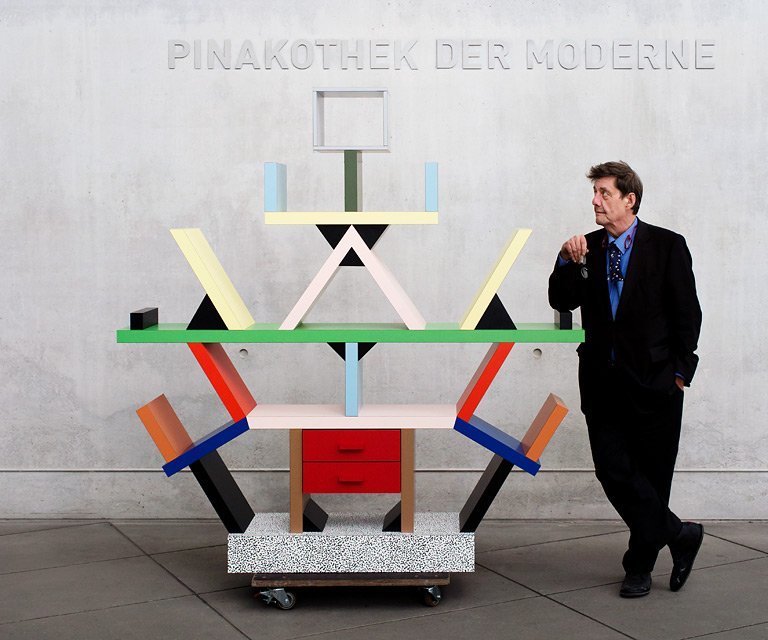Difference between revisions of "Gaby lidia van Deutekom"
Gaby lidia (talk | contribs) |
Gaby lidia (talk | contribs) |
||
| Line 3: | Line 3: | ||
[[File:80304 hs201306-hufnagl-regale-artikelbild.jpg]] | [[File:80304 hs201306-hufnagl-regale-artikelbild.jpg]] | ||
| + | |||
| + | |||
Design: 1981 | Design: 1981 | ||
Production: 1981 to the present | Production: 1981 to the present | ||
Revision as of 10:47, 16 September 2014
Ettore Sottsass "CARLTON"
Design: 1981
Production: 1981 to the present
Manufacturer: Memphis s.r.l., Pregnana
Milanese, near Milan
Size: 195.5 x 190 x 40 cms
Material: wood, laminated plastic
When the Milan design group Memphis gave the first public presentation of their work in September 1981, the Ettore Sottsass room divider “Carlton” was among the most noted pieces. “Carlton” symbolizes essential traits of the style which as a consequence of Memphis became known almost overnight as New Design. Mundane and depthless laminated materials are trademarks of Memphis. Their aseptic, bold superficiality makes them the ideal medium for a new, decorative aesthetic. The iconography of the patterns is the result of blending graphic or geometric structures, imitation marble or wood, African symbols, comic strips, and loud colors. (The base of “Carlton,” for example, shows the first ornamentation designed by Sottsass, the “Bacterio” patterns from 1978). As in the world of telecommunications, the viewer no longer perceives an object in itself, but rather a medium that catches the eye by virtue of its surface and structure, and which triggers sensory perceptions. Despite their provocative nature, Sottsass designs are always based on precise relationships between individual parts. Thus, the colors of “Carlton” are carefully matched, and the structure is based on the imaginary form of a rhombus. Ornamentation and construction create a unity conveying the “software,” or the object’s expressive contents. Traditional wall shelving, with its horizontal and vertical structure, is turned into a multipurpose, dynamic, encompassing object that, like a sculpture, claims the right to stand unrestricted in its own space. “Carlton” can be completely dismantled, which is a considerable advantage given its consider-able weight. The anthropomorphic image on the green shelf unit reminds one of a juggler or a totem figure and lends a cultish feel to the furniture. This combination of meaningful symbolism and rampant consumerism is typical for Sottsass, who derives great inspiration from Indian culture. Sottsass left Memphis in 1985, after the group had evolved from an experiment into a commercially successful venture. MK
